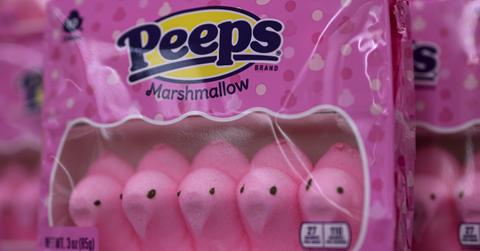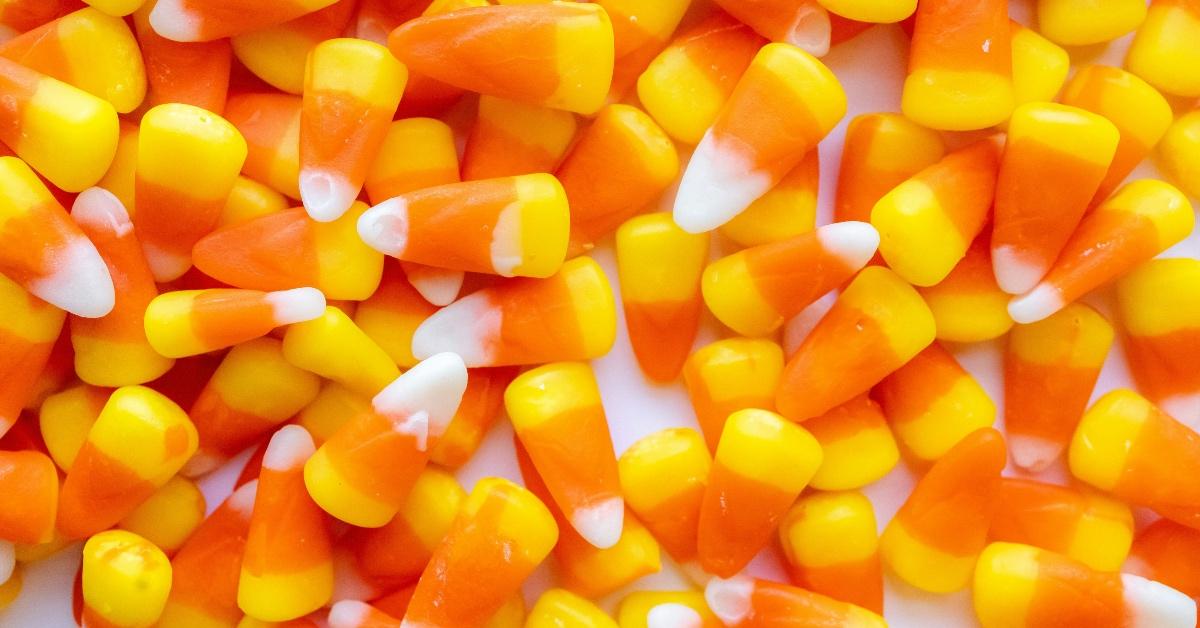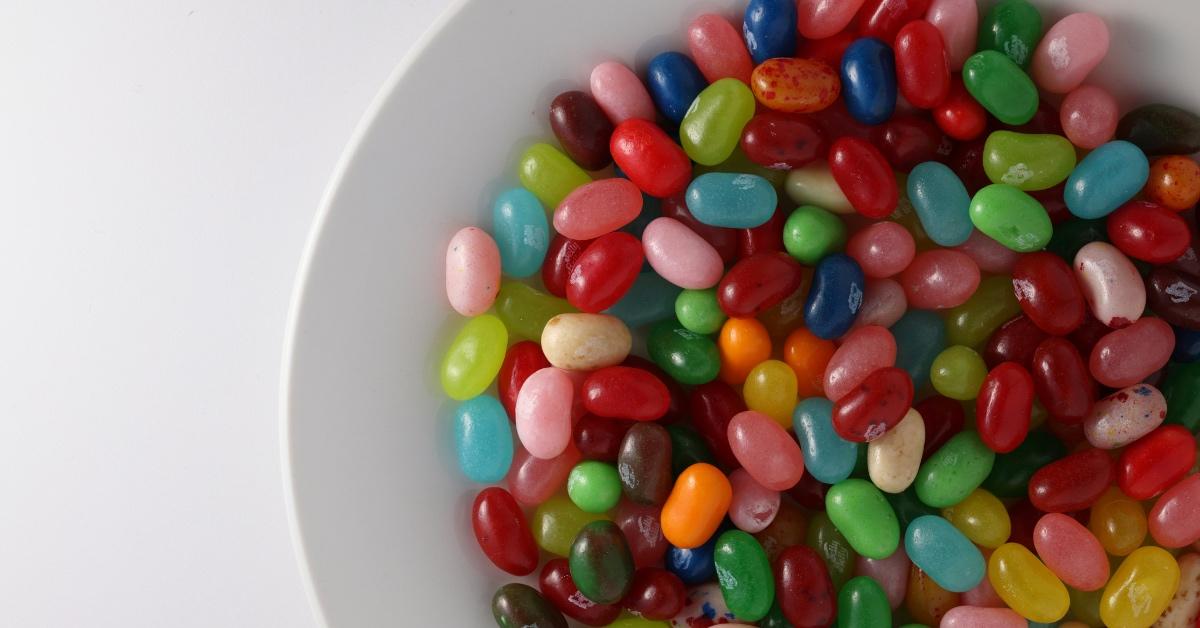FDA Bans Artificial Coloring Red No. 3 From Food — Here’s Which Foods Contain the Dye
The artificial coloring is made from petroleum and is chemically known as erythrosine.
Updated Jan. 15 2025, 4:25 p.m. ET

Many foods we eat have additives to help prolong their shelf life or make them more visually appealing to consumers. One of those additives is red dye No. 3. While the FDA banned the use of red dye No. 3 in cosmetics in 1990, the additive was still used in many packaged foods until 2025.
In September 2023, state lawmakers passed a “first-of-its-kind” bill to ban foods with red dye No. 3 and three other additives by 2027, NBC News reported. As of Jan. 15, 2025, however, the U.S. Food and Drug Administration (FDA) has officially banned the use of the artificial coloring more than 30 years since initial reports arose of its harmful properties.
Let’s look at Red No. 3, the associated health risks, and what foods have contained it before the law passed.
What is Red No. 3?
Red No. 3, also known as erythrosine or FD&C Red No. 3, is a synthetic dye derived from petroleum that is used in foods to give them a bright red color. The dye was also used in cosmetics such as blush, lipstick, and some topical drugs until 1990, when the FDA banned its use after studies showed it caused cancer in laboratory animals.
Red dye No. 3 has also been linked to other health problems, such as child behavioral issues and reproductive health decline, the Los Angeles Times reported.
In October 2022, CPSI sent a petition to the FDA urging it to ban the use of red dye No. 3 in food, oral medicines, and dietary supplements, FOX News reported. At least 20 other organizations co-signed the petition, including the Center for Environmental Health, the Center for Food Safety, the Children’s Advocacy Institute, Consumer Reports, and Health Babies Bright Futures.
“Illogically, the FDA continues to allow manufacturers to put this color additive into foods and drugs that are directly ingested and represent a far greater source of exposure than had the uses the agency banned more than a quarter-century ago,” the petition stated.

Why did the FDA finally ban Red No. 3?
On Jan. 15, 2025, the FDA released an official statement banning the artificial coloring, citing the 2022 petition as the catalyst for the ban.
Specifically, the 2022 petition argued that Red No. 3 should be reviewed based on the Delaney Clause, which, "requires the Food and Drug Administration (FDA) to ban food additives which are found to cause or induce cancer in humans or animals as indicated by testing," per the U.S. Government Accountability Office.
According to the FDA statement, the way that Red No. 3 causes cancer in rats does not reflect its effect on humans. Additionally, "Studies in other animals and in humans did not show these effects; claims that the use of FD&C Red No. 3 in food and in ingested drugs puts people at risk are not supported by the available scientific information."
Regardless, companies have until January 15, 2027 to remove the dye from food and January 18, 2028 to remove it from ingested drugs.
These common foods contain Red No. 3.
According to the Environmental Working Group’s (EWG) Food Scores website, over 3,000 food products contain red dye No. 3. Some common foods that contains the color additive include:
- Peeps
- Hostess Ding Dongs
- Betty Crocker Fruit by the Foot
- Dubble Bubble chewing gum
- Entenmann’s Little Bites
- Vigo Saffron Yellow Rice
- PediaSure Grow & Gain Kids’ Ready-to-Drink strawberry shake
- Dole Fruit Packs
- Brach’s Candy Corn
- Jelly Belly candy
- Trolli Sour Crunchy Crawlers
- Archer Farms Hand Decorated Sugar Cookies
- Betty Crocker Loaded Potato Casserole
- Blue Bunny Chocolate Donut Ice Cream
- Brach’s Star Brites
- Dippin’ Dots Cotton Candy
- Duncan Hines Deliciously Moist Cake Mix
- Yoo-hoo Strawberry Drink
- Necco Wafers
- Pop Tarts Frosted Confetti Cake Bites
This article, originally published on Sept. 13, 2023, has been updated to reflect the official FDA stance.

